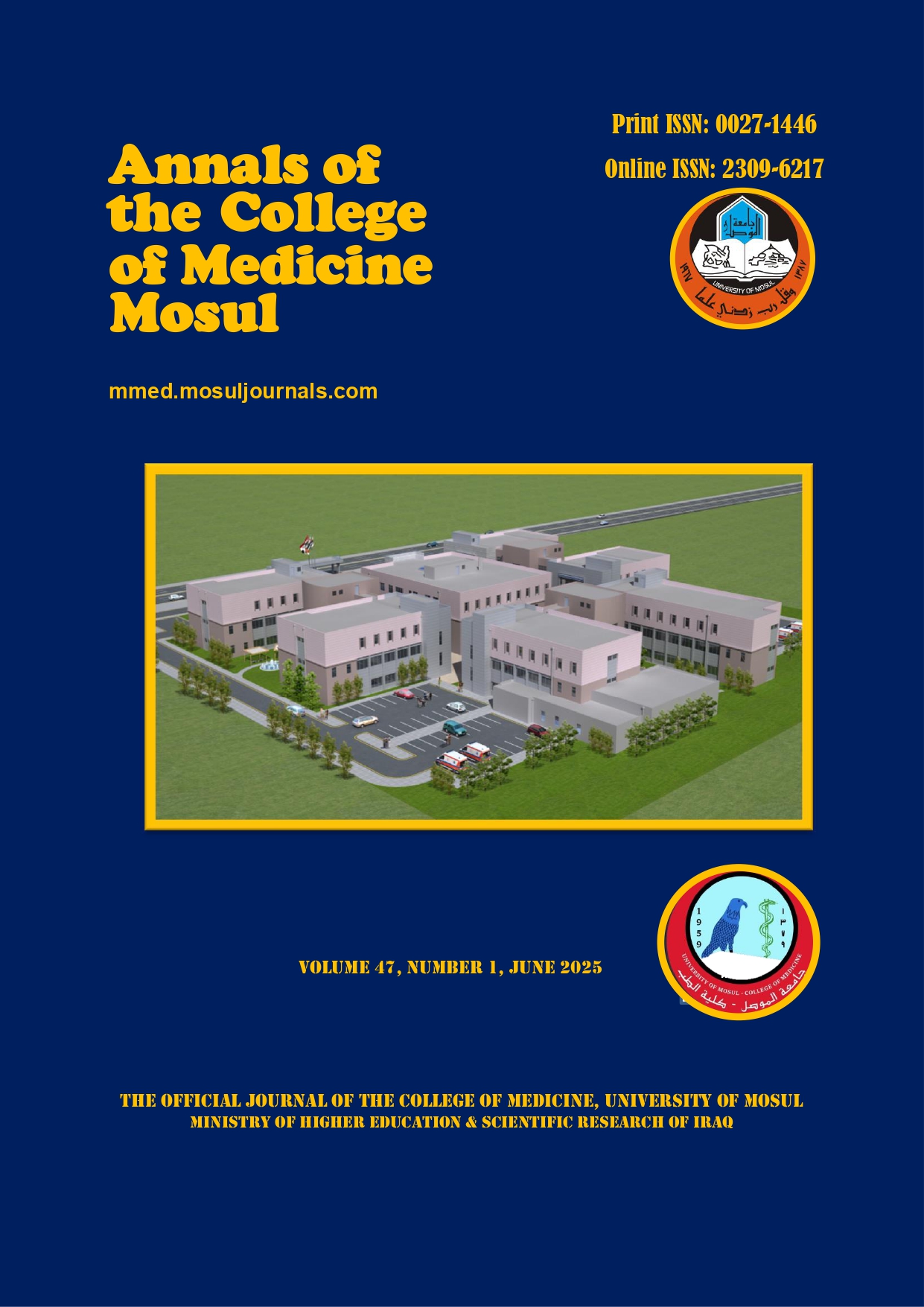Effects of direct exposure to lead on some haematological parameters among battery repair workers in Mosul
Abstract
Objectives: Determination of the degree of lead exposure and to study the possible effects of lead on different haematological parameters.Methods: A haematological study of thirty battery repair workers and thirty-four blood donors (as a control) in the period of 2 months (January February 1998). All the workers and the donors were subjected to a clinical and laboratory evaluation. The laboratory tests included complete blood picture, blood lead level determination and iron status study.Results: Analysis of lead in the blood showed that the mean blood lead level (BLL) of these workers was significantly higher than that of the control (P< 0.001). 20% of the battery repairers had symptoms, while 16.7% of them had normochromic normocytic anaemia and 23.3% had reticulocytosis. Iron status was normal in all of the repairers but it was found that transferrin saturation of the repairers with BLL of more than 70 g/dl RBC was significantly higher (P< 0.05) than those repairers with BLL of or less than 70 g/dl RBC.Conclusion: Battery repairing is an important new source of lead exposure in our community and periodic medical supervision is required as well as improvement of their working conditions.
